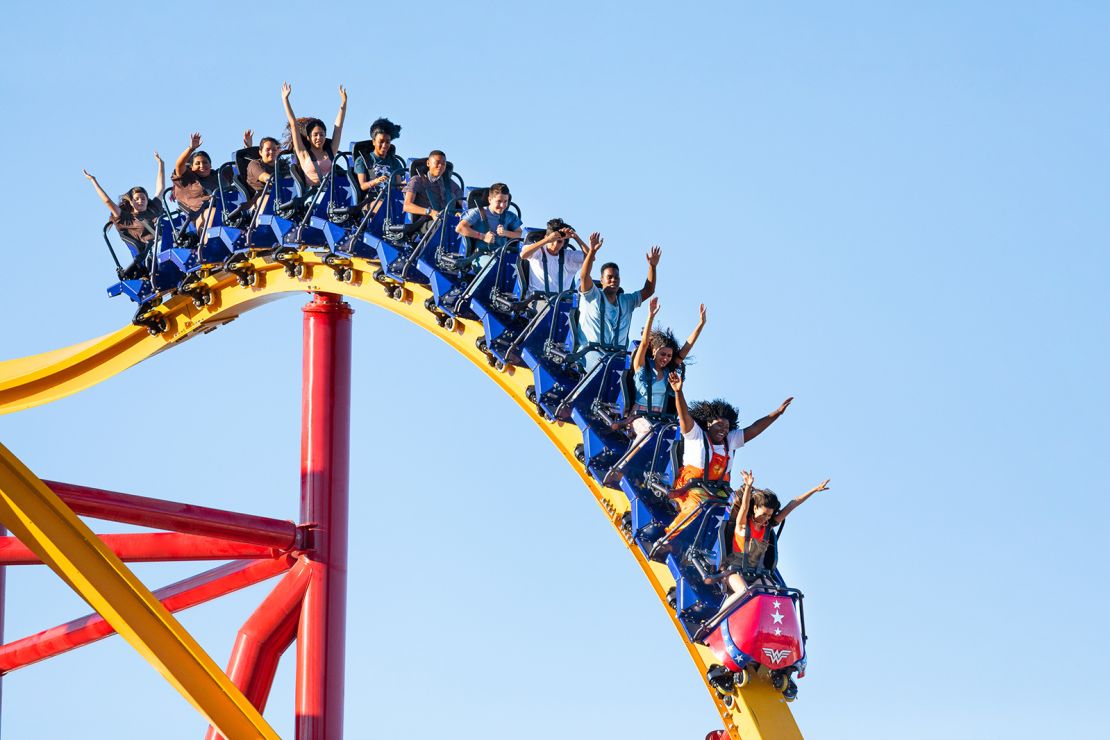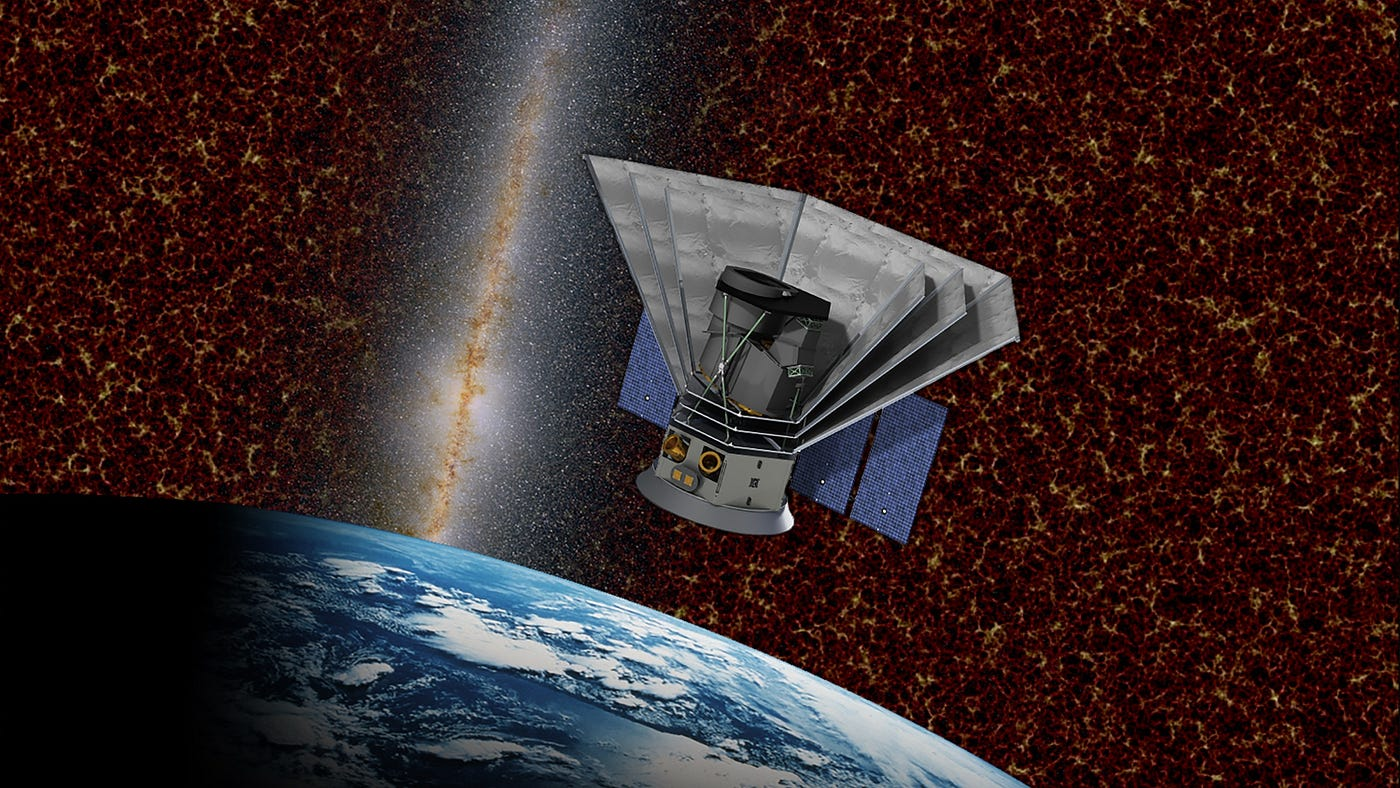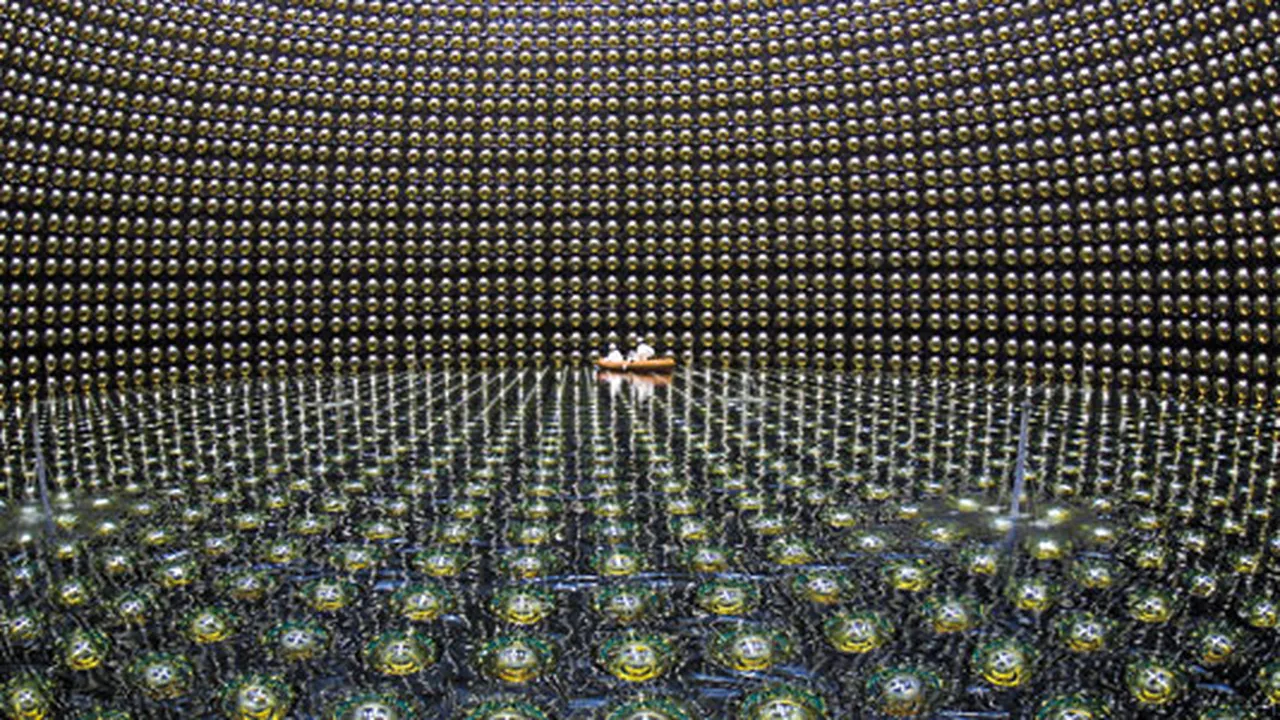Roller coasters may seem like pure entertainment, but behind every twist and drop lies a masterful application of physics principles. These adrenaline-inducing rides are governed by energy conversion, inertia, gravity, and centripetal force—all of which ensure both thrill and safety. At the heart of a roller coaster’s motion is the transformation of potential energy into kinetic energy. As the coaster is pulled to its highest point, it builds potential energy, which is rapidly converted to speed and momentum during its descent.
Mechanical engineers and physicists work together to design coasters that deliver maximum excitement while maintaining strict safety standards. The sensation of weightlessness riders feel during a drop is due to the free-fall state, where gravitational acceleration equals the coaster’s downward velocity. Meanwhile, sharp curves and loops utilize centripetal force to keep riders securely in their seats while creating the feeling of being pushed outward, even as they are moving inward along a curve.
Understanding the physics behind roller coasters can enhance one’s appreciation for these engineering marvels. Far from being chaotic, each element of the ride is meticulously calculated and tested. For educators and students, roller coasters offer a real-world example of physics in action—making abstract concepts like energy conservation and Newton’s laws both tangible and thrilling.







